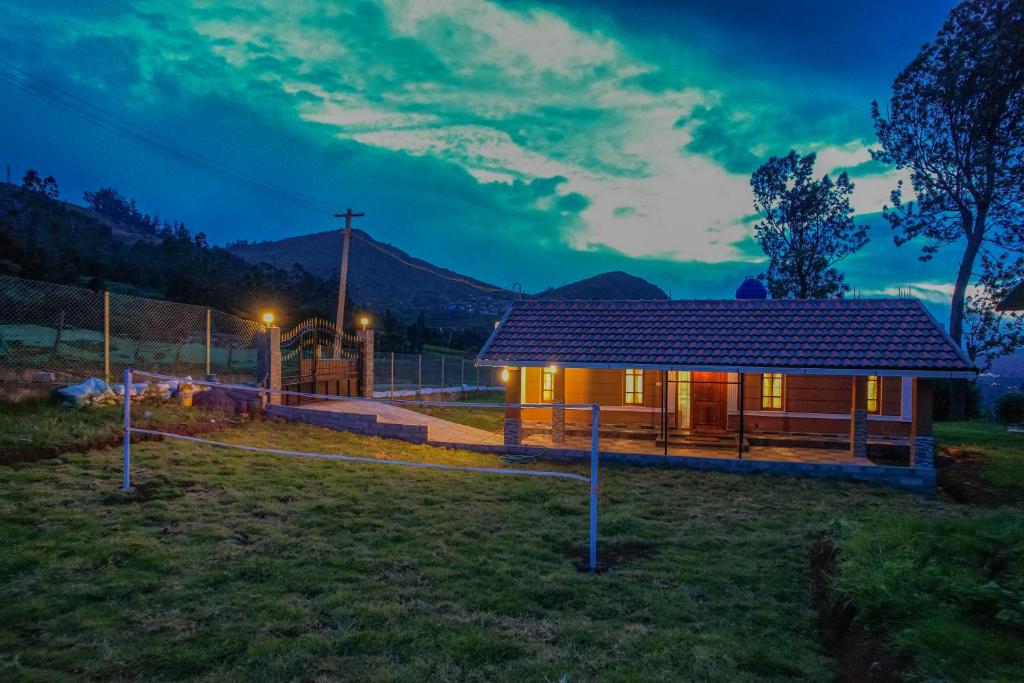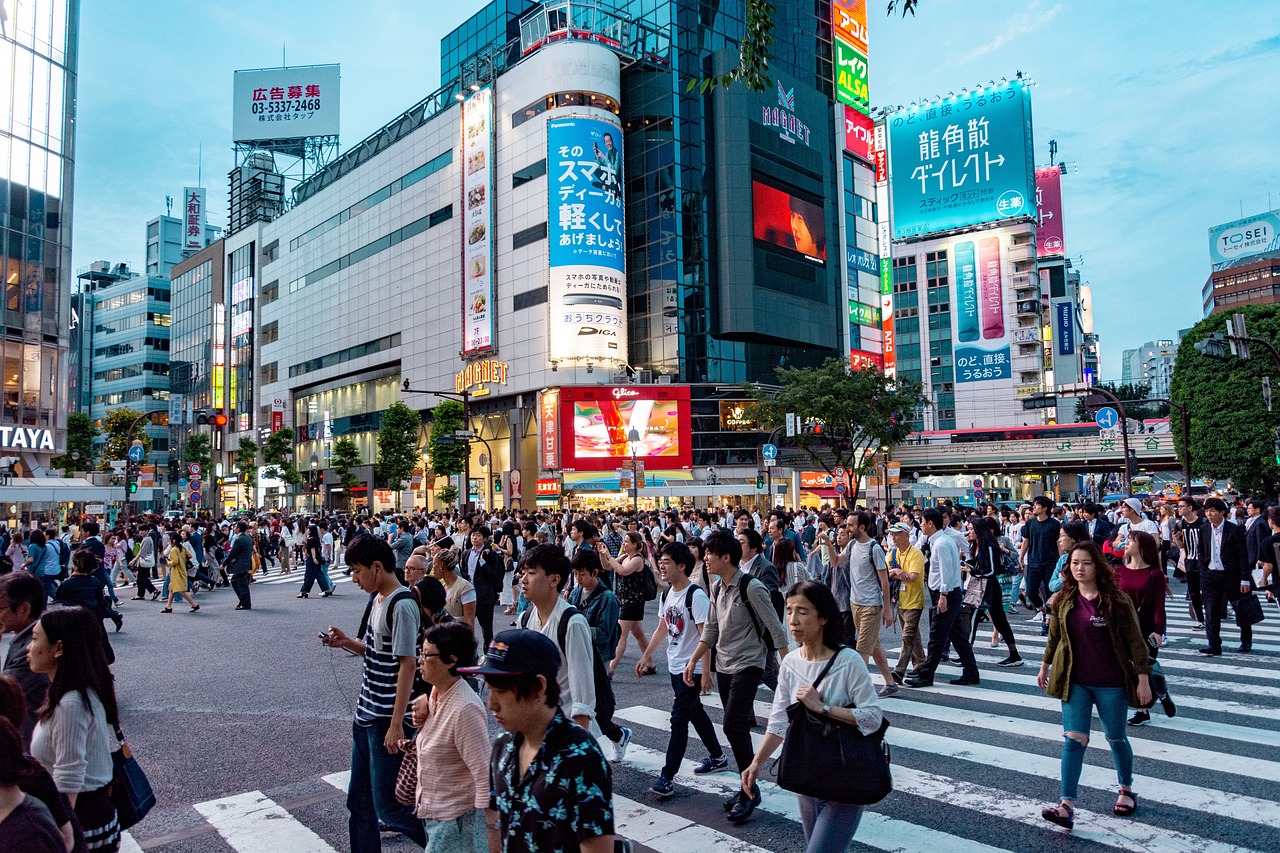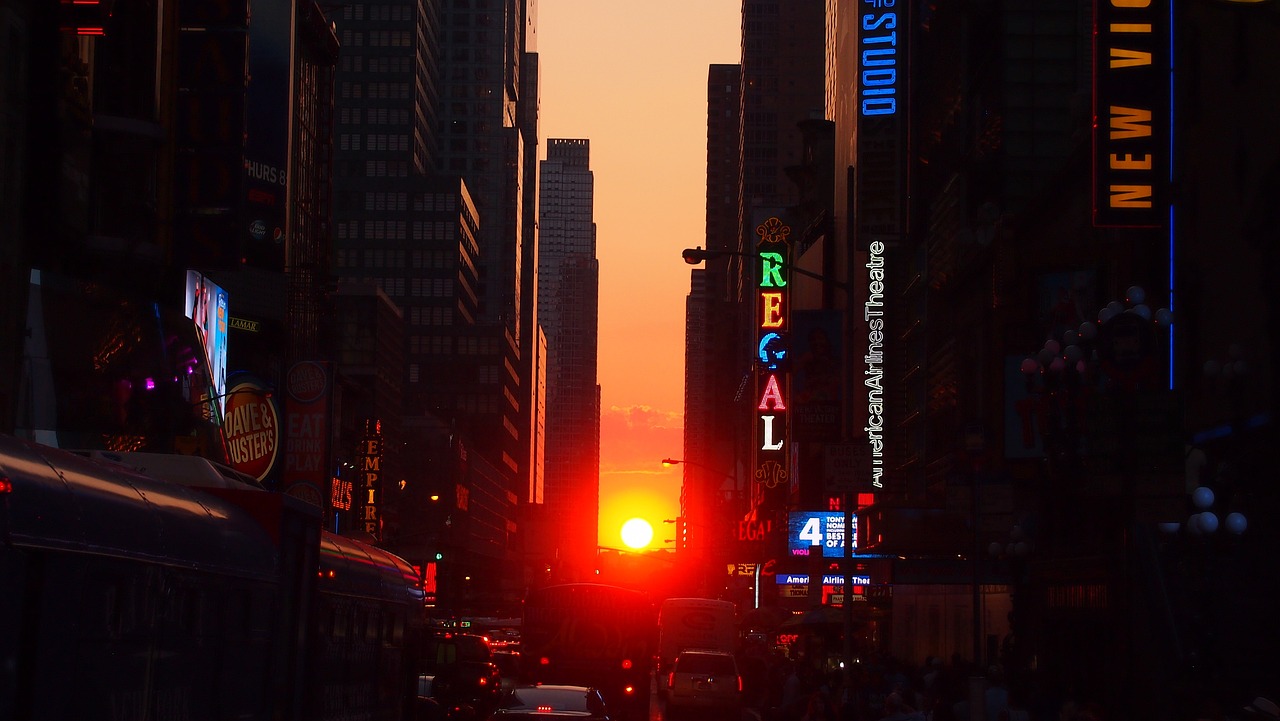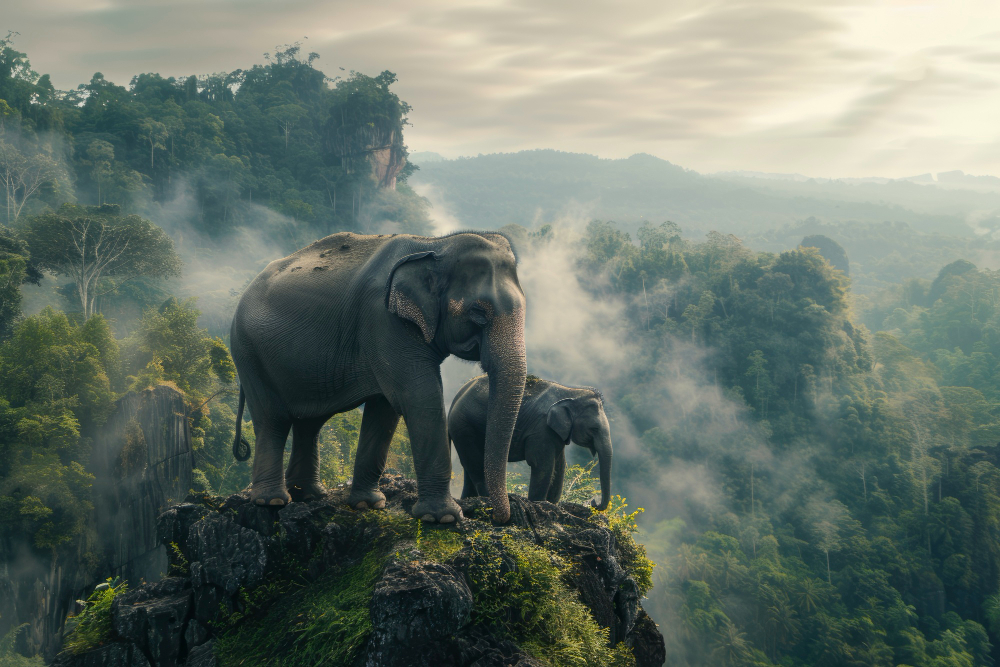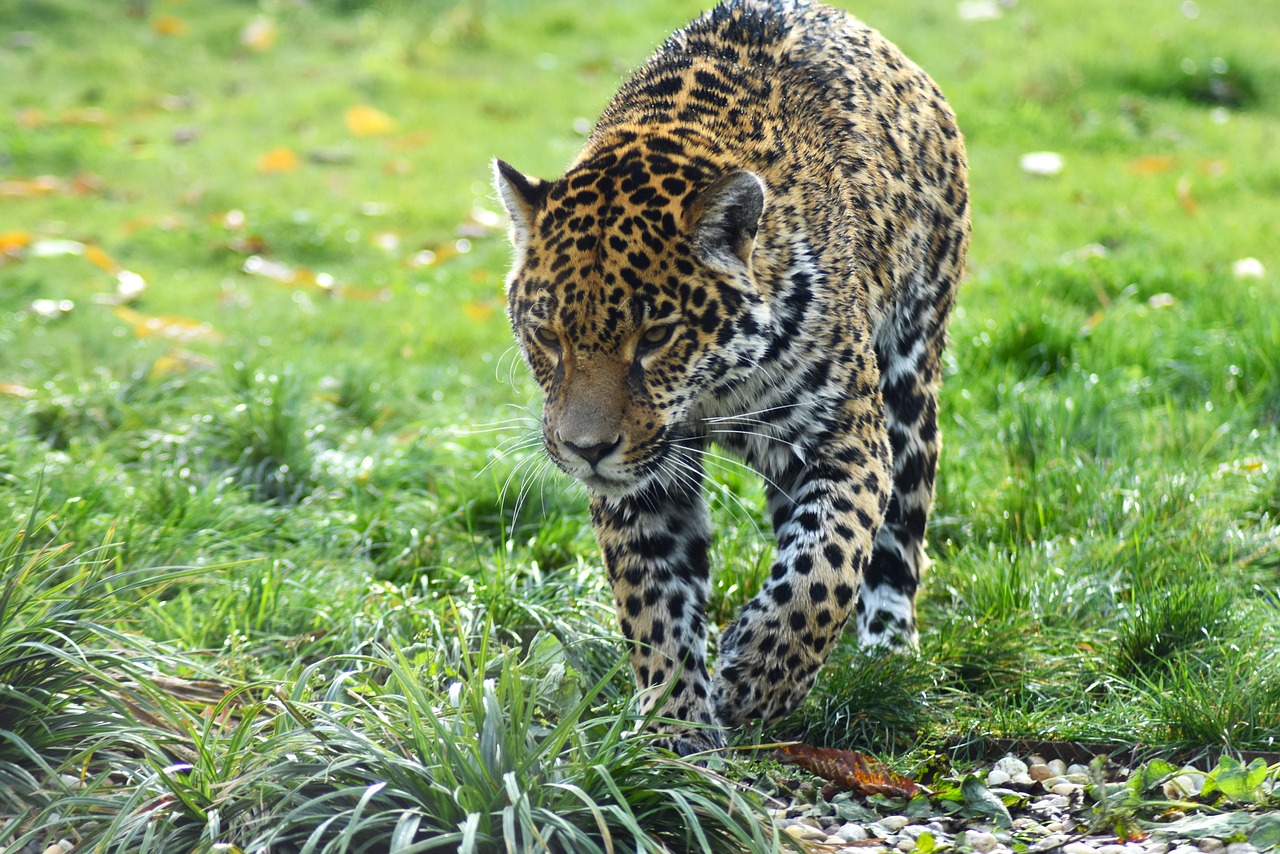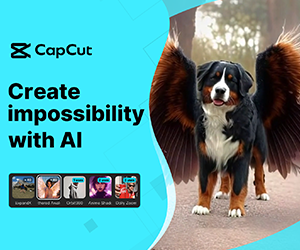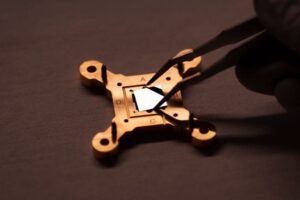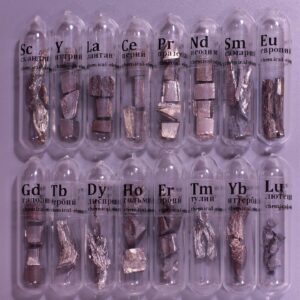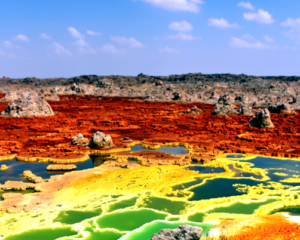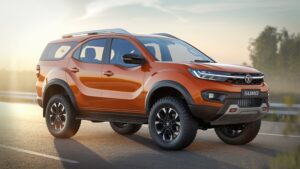It’s finally happening. The AI revolution isn’t just about chatbots anymore. Now, it’s about robots—actual humanoid machines that can move, think (kind of), and maybe even take over boring jobs. At the center of this battle? Elon Musk Robot Tesla Bot (Optimus) vs. Unitree’s robotic creations.
 Pin
Pin Elon Musk’s Tesla Bot promises a future where robots help with everything—cooking, cleaning, lifting heavy stuff, and even assisting in factories. On the other hand, Unitree has been quietly making crazy agile robots, like those robotic dogs that run, jump, and do backflips. Their humanoid bot? It’s coming for the same market.
But here’s the real question: Who’s actually ahead? Tesla has the hype, the funding, and Musk’s vision. Unitree, though? They’ve got speed, affordability, and a strong track record in robotics. This isn’t just about fancy presentations—it’s about which bot will actually work in the real world.
And right now, things are getting intense.
Table of Contents
Elon Musk Robot Tesla Bot: Hype or the Real Deal?
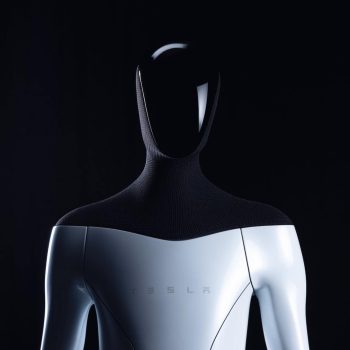 Pin
Pin Image source: Tesla
Elon Musk knows how to sell a dream. The Tesla Bot (Optimus) was announced with huge promises—helping with everyday tasks, replacing human labor, and even working in Tesla factories. But let’s be real, is it actually as advanced as Musk claims?
So far, we’ve seen Optimus walking, picking up objects, and doing slow, controlled movements. It looks sleek, but in reality, it’s still in early development. Tesla has AI expertise, but humanoid robotics is a different game. Walking like a human, balancing, and handling real-world unpredictability? That’s hard. And Tesla’s not the first to try.
The big advantage? Tesla has a massive AI infrastructure, thanks to its self-driving car program. Optimus can learn from Tesla’s AI models, which could make it smarter over time. But for now, it’s not exactly ready to take over your household chores. The real question is: Will it ever be? Or is this just another Musk promise that takes a decade to happen?
Unitree Robotics
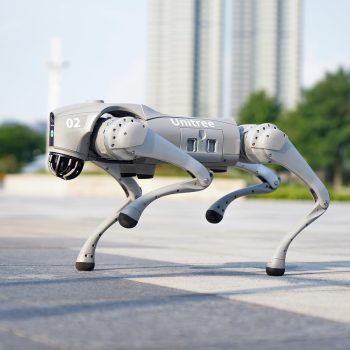 Pin
Pin Image source: Unitree Robotics
While Tesla Bot gets all the attention, Unitree Robotics has been grinding in the background. This company, based in China, has been making robotic dogs for years—ones that run, jump, and even dance. Now, they’re stepping into the humanoid robot game. And they’re doing it fast.
Unitree’s new humanoid bot isn’t as famous as Tesla Bot, but here’s the thing: it’s already looking more agile. Their robots are built for movement. They’re lightweight, flexible, and don’t need fancy AI tricks to walk properly. While Tesla Bot is still taking baby steps, Unitree’s machines are running, flipping, and proving they’re stable in real-world situations.
The biggest selling point? Cost. Unitree is known for making high-quality robots at lower prices. If they bring that same energy to humanoid bots, they might flood the market before Tesla even finishes its prototype.
So while everyone’s focused on Musk’s grand vision, Unitree is quietly making moves. And they might just surprise everyone.
AI and Movement: Who Has the Edge?
A humanoid robot isn’t just about looking cool—it needs to move like a human. And that’s where things get tricky. Walking isn’t just about putting one foot in front of the other. It’s about balance, reaction time, and dealing with unexpected obstacles.
Tesla is betting on AI. Optimus is learning movement the same way Tesla’s self-driving cars learn to drive—by processing insane amounts of data. The idea is that Optimus will get smarter and smoother over time. But right now? It’s still stiff and robotic.
Unitree, on the other hand, focuses on mechanics. Their robots already have incredible balance and agility. They’ve been testing movement in their robotic dogs for years, and they’re applying that to humanoids. The result? A bot that moves more naturally, without needing massive AI breakthroughs.
So while Tesla is playing the long game with AI-driven learning, Unitree is focusing on real-world movement first. And that might give them the advantage—at least for now.
Tesla’s Vision vs. Unitree’s Execution
This is where things get interesting. Tesla isn’t just building a robot—it’s building the future Musk keeps talking about. The Tesla Bot isn’t meant to be a toy or a tech demo. Musk wants it to replace human labor, making life easier and businesses more efficient.
But Tesla’s vision is still just that—a vision. Optimus is in early development, and Musk has a history of ambitious timelines that don’t always match reality. It could take years before Tesla Bot is truly useful.
Unitree? They don’t talk as much. They just build. Their robots are already moving in ways that Tesla Bot can’t. While Tesla is aiming for a future where robots help in homes and factories, Unitree is delivering real robots now—ones that could be used for security, logistics, or even entertainment.
So who’s leading? Tesla has the dream. Unitree has the execution. The real winner will be the one who turns their robot into something people actually use.
Pricing: The Game-Changer
A robot can be the most advanced thing in the world, but if it costs a fortune, it won’t matter. This is where Unitree might have the upper hand.
Unitree has a history of making affordable robots. Their robotic dogs are priced way lower than competitors like Boston Dynamics. If they apply the same strategy to their humanoid robots, they could flood the market before Tesla even finishes mass production.
Tesla, on the other hand, hasn’t confirmed a price for Optimus. Musk claims it will be “affordable,” possibly around $20,000. That’s cheap compared to other humanoid robots, but it’s still a big purchase for most people. And with Tesla’s supply chain issues, who knows how long it’ll take before the average consumer can even buy one?
If Unitree drops a humanoid bot for a fraction of the price, they could dominate before Tesla even gets started. Affordability might be the key to winning this AI robot race.
Real-World Use: Who Will People Actually Buy?
Cool robots are fun to watch, but who’s actually going to use them? That’s the biggest question in this AI robot war.
Tesla Bot is being marketed as a future household assistant—helping with chores, carrying groceries, maybe even caring for the elderly. But right now, it’s slow and clunky. The vision is exciting, but getting to that point will take years. Businesses might invest early, but average people? Probably not anytime soon.
Unitree’s humanoid bot, though? It might find a market faster. Their robotic dogs are already used for security, inspections, and research. If their humanoid bot follows the same path—helping with warehouse work, surveillance, or even disaster response—it could see adoption much sooner.
People won’t buy these robots just because they look cool. They need to be useful. Right now, Unitree seems more focused on practical use cases, while Tesla is aiming for a long-term revolution. The winner? Whoever gets their robots into real homes and businesses first.
The AI Factor: Tesla’s Biggest Weapon
If there’s one thing that could push Tesla Bot ahead, it’s AI. Tesla isn’t just a car company—it’s an AI powerhouse. The same technology that powers Tesla’s self-driving cars is being used to train Optimus. And that could be a game-changer.
Right now, most humanoid robots rely on pre-programmed movements. They can walk, pick things up, and even do tricks, but they don’t “think” in the way AI-powered robots could. Tesla wants Optimus to learn from its environment, adapt to new tasks, and improve over time—just like their self-driving system.
But here’s the problem: Tesla’s AI still struggles with driving, and that’s after years of training. Making a humanoid robot truly smart will take time. Meanwhile, Unitree is skipping the AI hype and focusing on movement and affordability.
If Tesla cracks AI first, Optimus could leap ahead. But if they take too long, Unitree might win by just making a practical, affordable robot that works.
Who’s Moving Faster?
Speed matters. The first company to put a truly useful humanoid robot on the market will set the standard. And right now, Unitree seems to be moving quicker.
Tesla announced Optimus with a flashy presentation, but progress has been slow. We’ve seen it walk, pick up objects, and do basic tasks, but it’s still in development. Knowing Tesla’s history, it could take years before Optimus is fully functional and available to the public.
Unitree, on the other hand, doesn’t waste time. They’ve already released multiple generations of robotic dogs, improving with each model. Their humanoid robot might not have Tesla’s AI, but it’s already showing impressive movement. And if they stick to their usual pattern, they’ll probably get a working product out much faster.
Tesla has the resources, but Unitree has momentum. If Unitree can get a humanoid bot into real-world use before Tesla, they might pull off an upset in this AI robot race.
Who’s Winning?
So, who’s actually leading the AI robot revolution—Tesla or Unitree? It depends on what you value more: vision or execution.
Tesla has the dream. If everything Musk promises comes true, Optimus could be a game-changer, replacing human labor and bringing AI-powered assistants into homes. But right now, it’s just potential. Tesla is still in the early stages, and mass adoption could take years.
Unitree is more grounded. They’re not promising the future of humanity—they’re just making robots that work. Their track record shows they can deliver fast, functional, and affordable robots. If they apply that to humanoids, they might get real-world use before Tesla even launches Optimus for consumers.
The AI revolution isn’t just about hype—it’s about who gets useful robots into people’s hands first. And at this moment, Unitree looks like the one actually making it happen.
But give it a few years, and Tesla might flip the script entirely.

